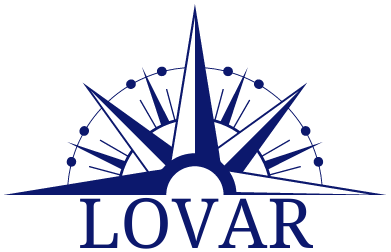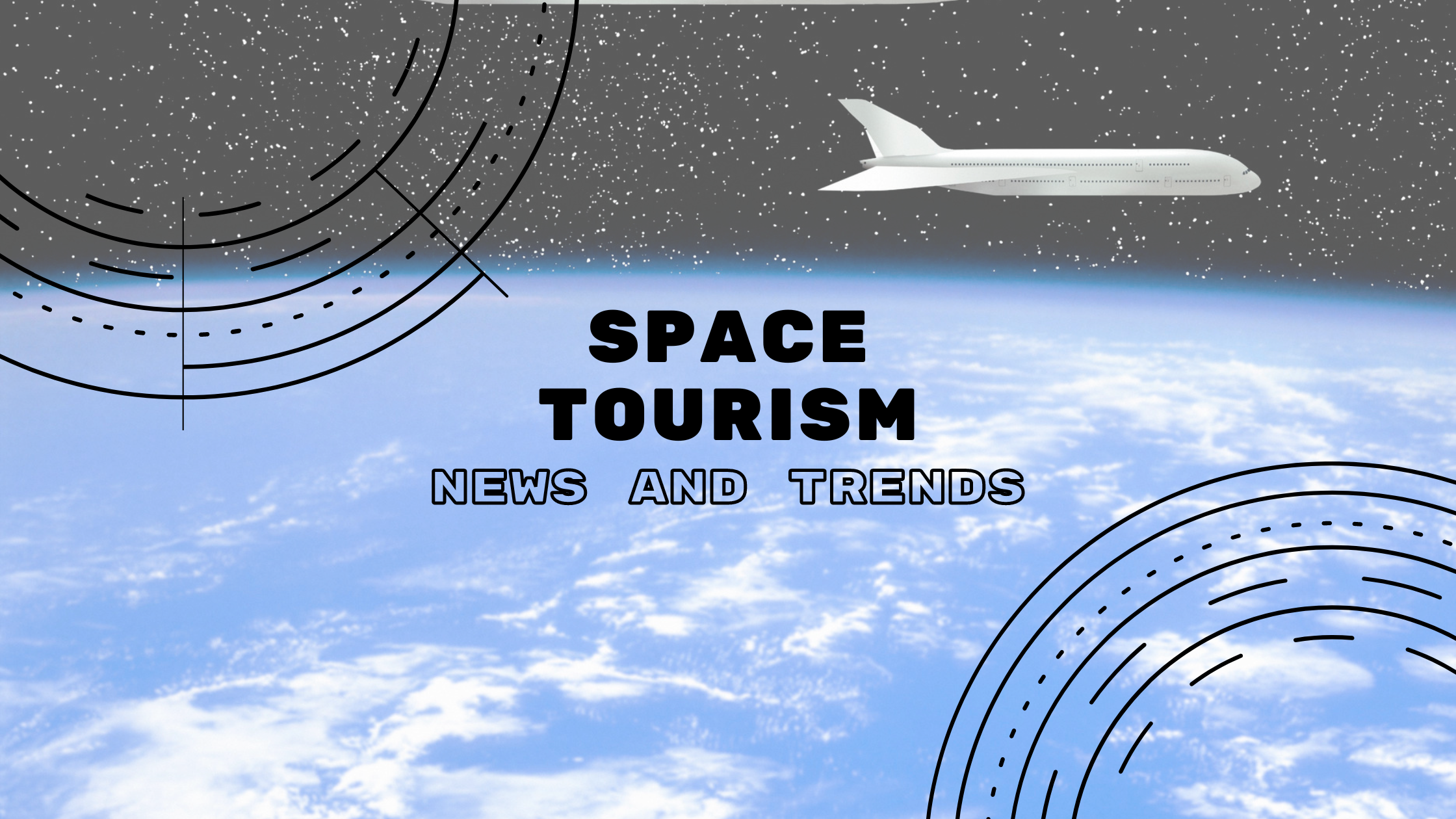Commercial space tourism has moved from the realm of science fiction into tangible reality, with several key players making significant strides toward offering “ordinary” people the chance to experience space. As we look ahead, the industry faces both exciting prospects and substantial challenges. This article delves into the latest developments, profiles the leading companies, and examines what the future holds for this burgeoning sector.
Key Players in Space Tourism
SpaceX, founded by Elon Musk, is at the forefront of this revolution with its ambitious plans for deep space travel. The company’s Starship spacecraft, designed for both orbital and lunar missions, is set to offer groundbreaking experiences. Notably, SpaceX has secured a contract with Dennis Tito, the first space tourist, for a mission that will circumnavigate the Moon in the mid-2020s, a milestone that promises to push the boundaries of space tourism.
Blue Origin, established by Jeff Bezos, is another major contender in the space tourism arena. Its New Shepard rocket, which has already conducted several successful test flights, is designed for suborbital space flights that provide passengers with a few minutes of weightlessness and breathtaking views of Earth. Blue Origin is preparing for an increased frequency of these flights, aiming to cater to a growing list of customers eager for a taste of space.
Virgin Galactic, led by Richard Branson, has also made significant progress in commercial space travel with its SpaceShipTwo vehicle. Virgin Galactic’s SpaceShipTwo, known as VSS Unity, has been conducting a series of test flights since its first successful crewed spaceflight in December 2018. As of 2024, Virgin Galactic has begun flying paying customers and is planning to expand its flight schedule further to accommodate a growing waiting list.
Challenges Facing the Industry
While the prospects for space tourism are promising, several challenges must be addressed:
Technical challenges
The technology required for safe and reliable space travel is still evolving. Ensuring spacecraft reliability is crucial, as launch failures and technical malfunctions pose serious risks. Addressing the effects of microgravity is also essential, as passengers experience weightlessness, which can affect their health and comfort. Additionally, the safety of both crew and passengers must be prioritized, requiring advanced systems to handle the stresses of launch, re-entry, and space radiation. Overcoming these challenges through robust engineering and rigorous testing is vital for the success and safety of commercial space travel.
Regulatory challenges
The regulatory landscape for space tourism is still being shaped, as governments and international bodies work to establish comprehensive frameworks to ensure safety and manage the burgeoning industry. In the United States, the Federal Aviation Administration (FAA) plays a pivotal role in developing regulations for commercial spaceflight operations and passenger safety. The FAA’s regulations focus on ensuring that spaceflights are conducted safely and reliably, addressing aspects such as launch and re-entry procedures, safety systems, and passenger health.
On a global scale, there is a concerted effort to harmonize regulations across different countries to facilitate international space tourism and minimize regulatory conflicts. For instance, Europe is taking significant steps with its new space law, which aims to create a unified regulatory environment for space activities across the European Union. This legislation is designed to establish a true single market in orbit by streamlining licensing procedures, improving safety standards, and fostering innovation.
In addition to national and regional regulations, space tourism must also navigate a complex web of international agreements and treaties. The Outer Space Treaty, for example, governs activities in outer space and ensures that space is used exclusively for peaceful purposes.
Ethical concerns
One of the primary ethical concerns is the environmental impact of space tourism. Rocket launches produce substantial greenhouse gas emissions and other pollutants, contributing to the broader issue of climate change. As space tourism becomes more frequent, the industry must seek ways to minimize its environmental impact and explore sustainable technologies.
Additionally, there is a question of accessibility and equity. Space tourism, as it stands, is largely accessible only to the wealthy. This exclusivity raises concerns about the fairness of prioritizing space experiences for a select few while broader societal needs remain unmet. The industry must consider how it can contribute to broader social and economic benefits, potentially through initiatives that make space travel more accessible to diverse populations or through investments in educational and scientific advancements.
Lastly, the commercialization of space introduces questions about the preservation of space as a global commons. As private companies stake claims and conduct commercial activities in space, it is crucial to establish international agreements that protect space from becoming a contested or polluted domain.
The rise of commercial space tourism marks a thrilling new chapter in human exploration, transforming what was once a dream into an achievable reality. However, as the industry advances, it faces significant technical, regulatory, and ethical challenges. The path forward for commercial space tourism will require collaboration between governments, private companies, and international bodies to address these challenges and shape a sustainable and inclusive future. As we look to the stars, the decisions made today will set the stage for how space tourism evolves, ensuring that it benefits humanity as a whole while pushing the limits of what is possible.

